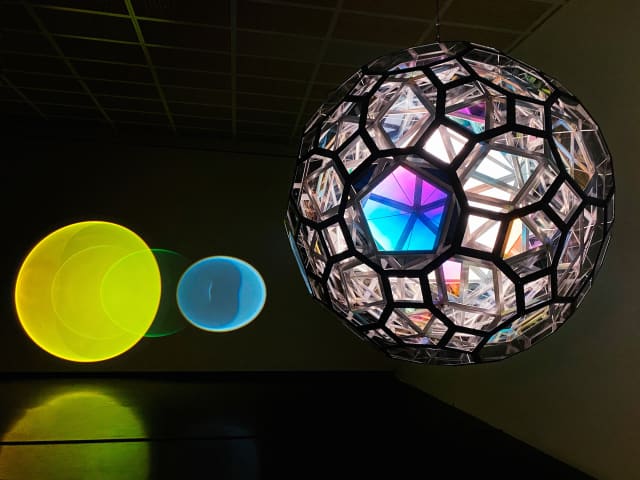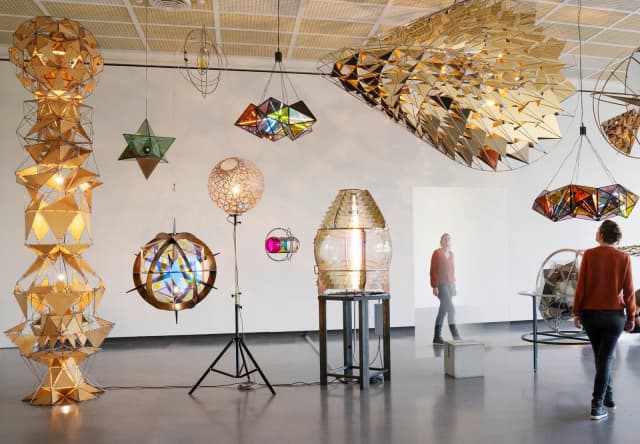At the centre of the Earth view at the top of this page is the South Pole. The pole is at the heart of the virtually uninhabited continent of Antarctica, a vital ice-covered wildlife haven that is under threat from rapid warming and ice loss. This point on the map is, on one hand, a completely human construct that grants geographical importance to an otherwise featureless location on the globe. On the other hand, it was the presence of this pole in the mind’s eye that enabled early explorers to imagine Antarctica as a real place and travel there, and then for later generations to learn enough about it to know it urgently needs protecting. The pole is like a symbolic pin steadying a precarious landscape that is literally floating away as massive icebergs the size of small countries break off and drift into the ocean. Like the dot in the afterimage, the South Pole’s abstract point is a meeting place between the human mind and a profoundly real landscape that is so far away from us and yet so immediate to climate change. It is the human capacity to imagine the abstract, and to imagine the future, that will determine how the story will continue.

The website for Sometimes the river is the bridge at the Museum of Contemporary Art Tokyo (MOT) is now live. In these times where we stick together by staying apart, I invite you to be among the very first visitors. The site presents all the artworks in the exhibition and focuses on our research into sustainable materials as well as the studio’s steps to think and operate more sustainably.
A really big challenge was to get a number of artworks from Berlin to Japan while keeping the carbon footprint down. First the team had to come up with an alternative ground transport route and to persuade insurers that this route was, in fact, a viable and safe solution. Then we sent the artworks on an unusual journey. They travelled first by truck from Berlin to Hamburg. And then by train to Taicang, China, via Malaszewicze, Poland, and Zabaykalsk, Russia (see the route on the microsite). Once they arrived at the port of Taicang, they were loaded onto a ship to Japan.
I’ve done various drawing machines in the past and, for this journey, we developed new ones that were fitted to each transport crate: a ballpoint pen was held by a mechanical arm so that it moved across the surface of a piece of paper in response to the movements of the crate. The drawing machines became seismographs, recording the rattling and rolling movements of the train and the ship along the way. The outcomes are visual records of the terrain over which the artworks passed. And so the journey became a part of the exhibition: Memories from the critical zone (Germany–Poland–Russia–China–Japan, nos. 1–12). Photo: Kazuo Fukunaga
In these unsettling times, we continue to push the studio’s projects as best we can. Most team members have set up home office and, like others, we’re exploring new forms of digital togetherness.
On Friday last week, Caroline, Dayoung, Christian, Jöran, and Kerstin – from the studio’s exhibition and installation team – finished long-distance installing my solo show Sometimes the river is the bridge at the Museum of Contemporary Art Tokyo (MOT). It’s an important and comprehensive exhibition, conceived with my friend Yuko Hasegawa, an esteemed curator. To install the show, knowledge was transferred from hands and bodies and minds via screen to the physical space at MOT and to the incredibly dedicated museum team. It is reassuring and exciting to know that we can continue to adapt and pull off an exhibition installation like this on time and with great precision without being physically present. The exhibition is currently set to, hopefully, open in a few weeks’ time.
From the very beginning of conceptually developing Sometimes the river is the bridge, informed by talks with Yuko about ecology and climate, we aimed for the exhibition to become a pilot for making exhibitions as sustainably as possible, and the team has put into practice many new decisions to reduce our climate impact. Now we really know what is possible, even from a distance, thanks to the amazing team in Japan who focused on everything down to the smallest details.
Looking back at the exhibition Symbiotic seeing at Kunsthaus Zürich, that due to the circumstances had to end a week early. We're grateful for all the people who went to experience it, and look forward to sharing more impressions from the exhibition over the next days. Also a huge thanks and lots of digital hugs to the fantastic team at the museum who made it all come together!
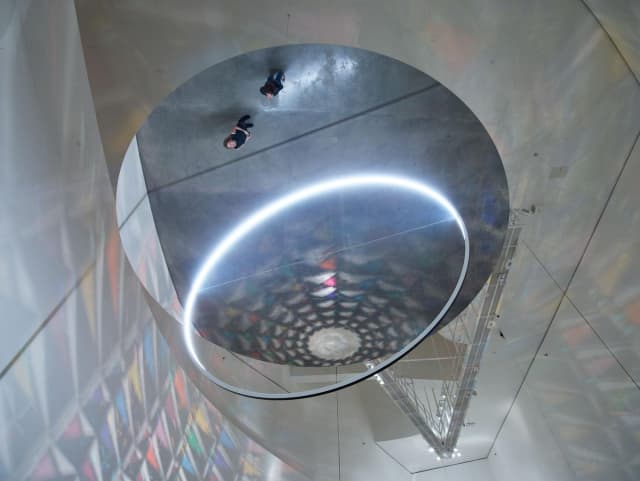
Looking back at the exhibition In real life at Guggenheim Bilbao - which is closed for now. We wanted to thank everyone who went to experience it, and are hoping to welcome you again soon.
We’re happy to launch our project website for Experimenting, Experiencing, Reflecting (EER), a collaboration between science and art led by Olafur and scientist Andreas Roepstorff (Aarhus University), funded by the Carlsberg Foundation (2019–2023). Have a look at the site eer.info

Symbiotic seeing, Kunsthaus Zürich

Earth kaleidoscope, 2006
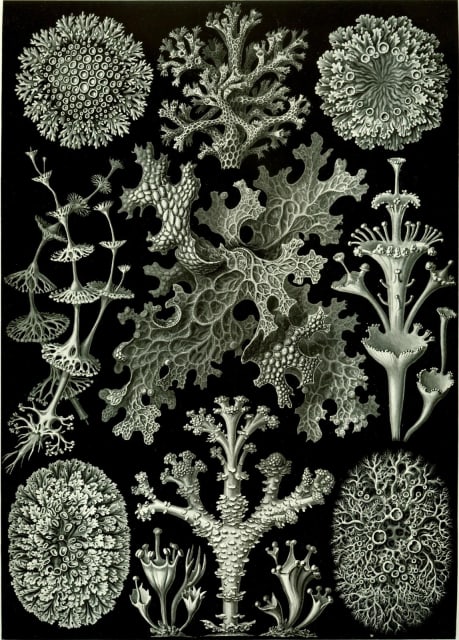
“Lichen are symbiotic assemblages of species: filamentous fungi and photosynthetic algae or cyanobacteria. Lichen are themselves a kind of landscape, enlivened by their ghosts… Lichen are ghosts that haunt us from the past, but they also peer at us from a future without us” - Introduction to Arts of Living on a Damaged Planet. Image: Ernst Haeckel, Lichen, 1904

Moss wall, 1994 - part of In real life, Guggenheim Bilbao

Waterfall, 2019 - part of In real life, now open, Guggenheim Bilbao. Photo: Erika Ede

The glacier melt series, 1999/2019 – part of In real life at Guggenheim Bilbao

Room for one colour, 1997 - part of In real life, Guggenheim Bilbao, opens tomorrow. Photo: Erika Ede
Installing In real life at Guggemheim Bilbao - the exhibition opens Thursday
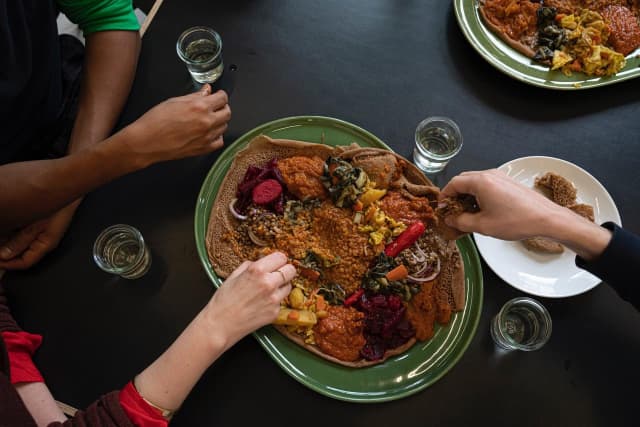
Ethiopean lunch with Henok Getachew
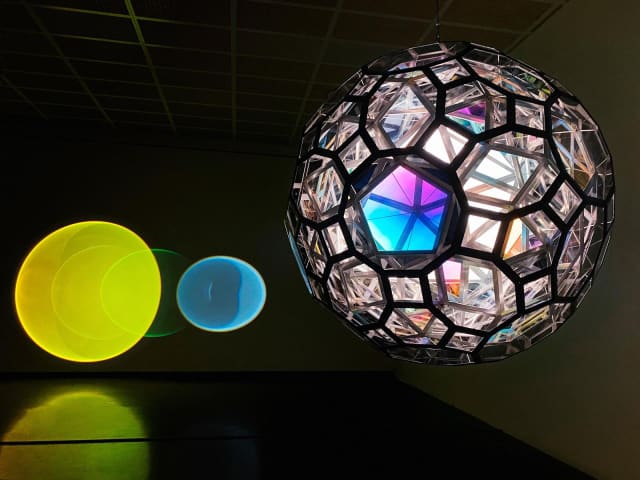
Weather orb, 2020 - part of Symbiotic seeing, Kunsthaus Zürich
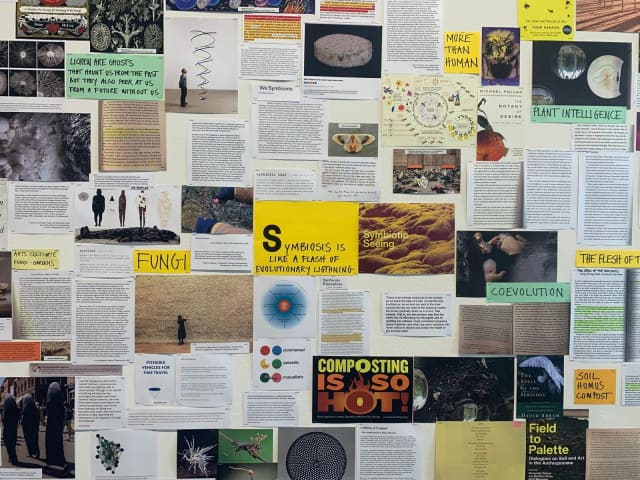
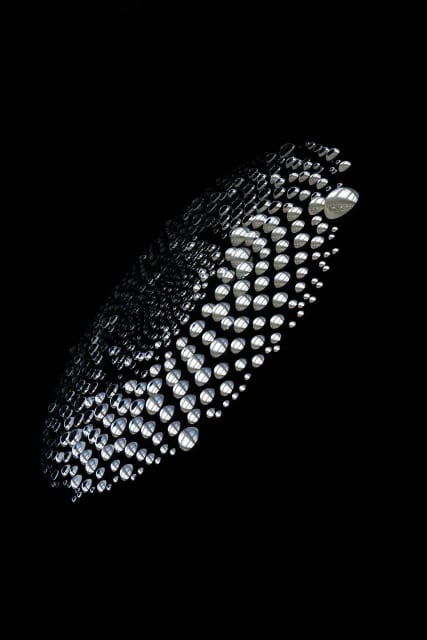
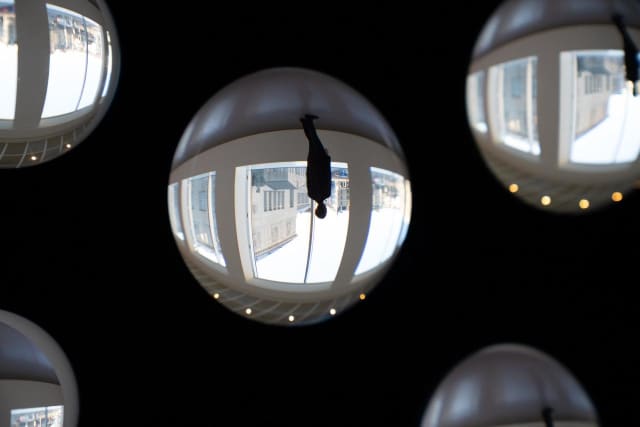
Algae window, 2020 - Symbiotic seeing, Kunsthaus Zürich
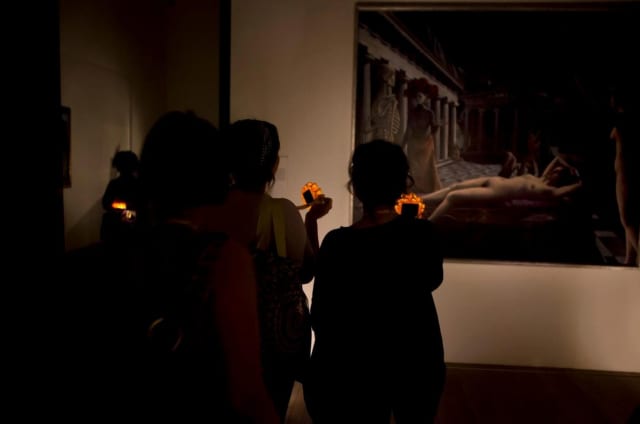
Black out at the museum. On Thursday at 8 pm Kunsthaus Zürich is turning of the lights in their collection, allowing visitors to experience and explore it with Little Sun. Part of Olafur’s exhibition Symbiotic seeing
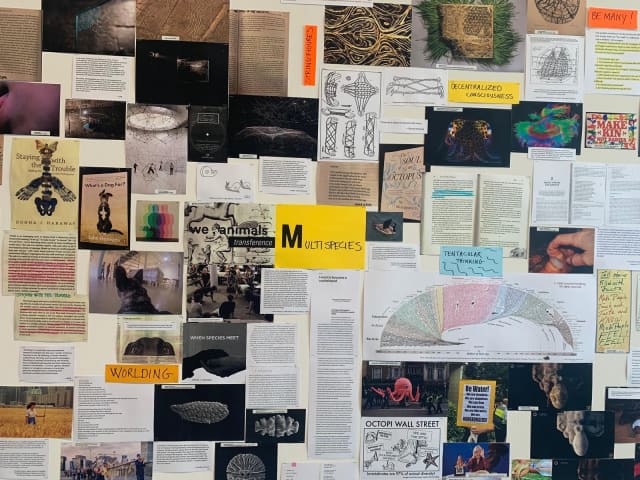
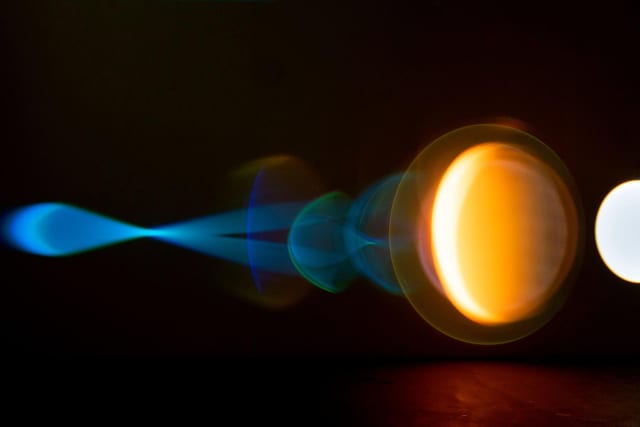
Testing new artwork for Symbiotic seeing, a solo exhibition at Kunsthaus Zürich, opening later this month
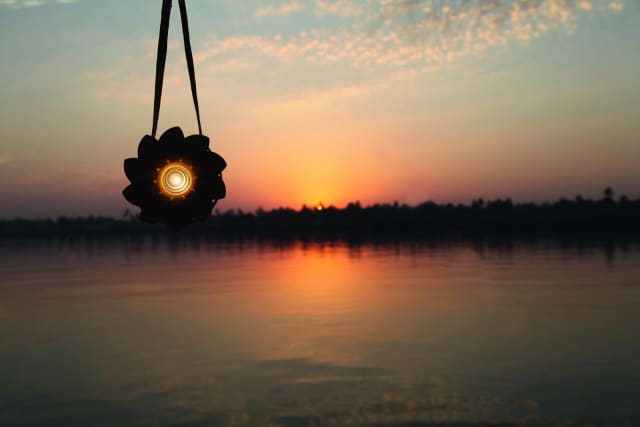
Huge congrats to our friends at Little Sun - who just delivered their 1 millionth solar lamp. The one million solar lamps have created a substantial social and health impact, accounting for 920,284,517 hours of light. As a result, 2,629,384 people now use clean solar energy instead of harmful fossil fuel–based lighting sources.
“We started the Little Sun project to raise awareness about the unequal distribution of energy today and to deliver a healthy, safe and affordable light to the people who needed it the most. What we have achieved today is a major milestone, not only for communities living without electricity, but for everyone fighting for the end of the fossil fuel era, global climate justice and a better future for us and our planet.” - Olafur

